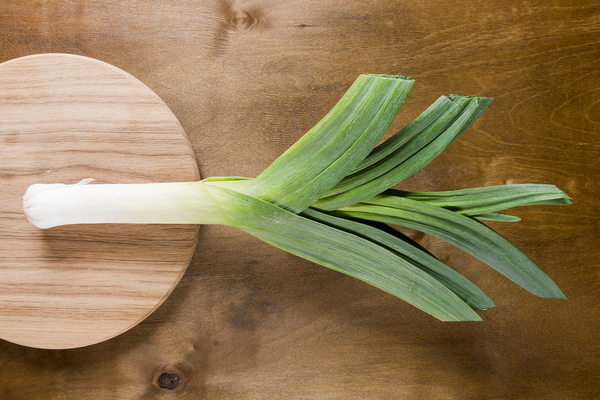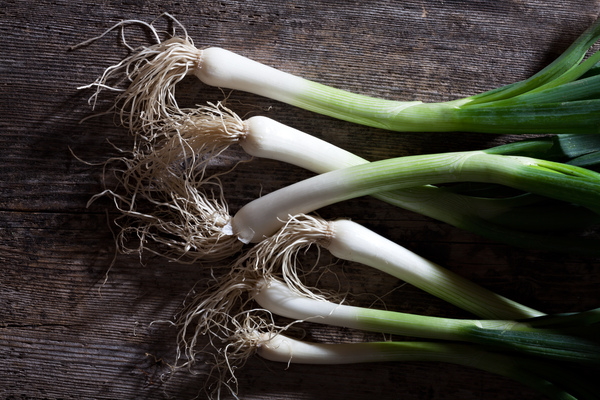Garlic

What is garlic?
Garlic is a plant from the onion family that forms a bulb with several cloves. Each clove contains an active ingredient called allicin, which is responsible for the typical smell and taste of garlic. Allicin also has antibacterial, antiviral and antioxidant properties that can benefit the immune system and heart health.
Benefits of garlic for dogs
Garlic can also be beneficial for dogs in small amounts. Some studies have shown that garlic can help repel ticks and fleas by changing the smell of the blood. Garlic can also aid digestion, lower blood pressure and improve blood circulation. Garlic can also strengthen the immune system and prevent infections.
Disadvantages of garlic for dogs
However, garlic is not suitable for all dogs. Too much garlic can lead to intoxication, which can manifest itself in symptoms such as vomiting, diarrhea, anemia, weakness and shortness of breath. This is because garlic contains a substance called thiosulphate, which can damage the red blood cells and lead to a lack of oxygen in the blood. Dogs with a hereditary blood disorder called Heinz body anemia are particularly at risk.
How much garlic is safe for dogs?
The amount of garlic that is safe for a dog depends on its weight, health and individual tolerance. There is no exact dosage recommendation for garlic for dogs, but as a rule of thumb, a dog should not consume more than half a clove per 10 kg of body weight per day. This means, for example, that a 20 kg dog should eat a maximum of one whole clove per day.
How do you feed garlic to dogs?
If you want to give your dog garlic, you should always feed it fresh and finely chopped or pressed. This releases the allicin and the garlic is better digested. You can either mix the garlic directly into the food or dilute it with a little water or broth and drizzle it over the food. However, avoid giving your dog cooked or dried garlic as these forms are less effective and may contain more thiosulphate.
Garlic is an ingredient with many advantages and disadvantages for dogs. In small amounts it can have positive effects on your dog's health and well-being, but in large quantities it can be dangerous. Before giving your dog garlic, you should always consult your vet and determine the correct dosage and frequency. This way you can ensure that your dog only gets the best from this aromatic plant.
If you notice any signs of hypersensitivity or poisoning in your dog, you should see your vet immediately. We are not a substitute for a vet, but we try to be as accurate as possible. Every dog reacts differently and we recommend you get a second opinion or consult your vet if in doubt.
Stay healthy and take good care of your four-legged friend!😊
Similar to Garlic
Shallots contain a substance called N-propyldisulphide, which can damage the red blood cells of dogs. This can lead to anemia, which is a lack of red blood cells that carry oxygen around the body....
Onions are vegetables that belong to the allium family. They have a round shape, a brown or red skin and white or purple layers inside. Onions have a pungent taste and an intense smell that often...
Leeks can have some health benefits for dogs when fed in small amounts. For example, leeks can: Boost the immune system as it is rich in vitamin CAid digestion as it contains fiberSupport blood...
Like all types of onions, winter onions contain sulphur compounds that are poisonous to dogs. These compounds can destroy your dog's red blood cells and lead to life-threatening anemia (hemolysis)....



